Characteristics and care of the verbena plant
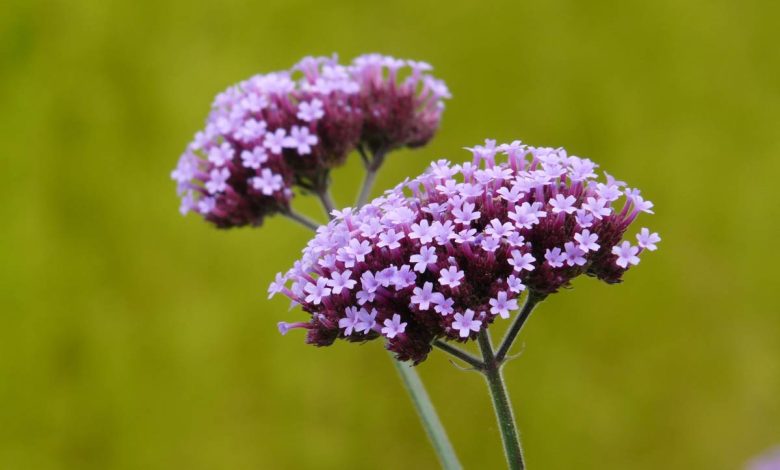
In pots, decorating terraces and balconies or planted directly on the ground, the verbena can offer an attractive spectacle. It is a plant that requires little care and can become a favorite when you want to decorate a space with colorful flowers in various combinations.
Due to its versatility, which allows you to add touches of color to the lawn or decorate terraces when used in pots to create spectacular flower beds, verbena is one of the most used plants in gardens. In addition, verbenas are resistant to a certain extent and their flowering is exuberant. On the other hand, there is such a variety of colors and styles of flowers, that it will always be possible to find one that goes according to the expectations of the project that you have in mind.
Next, we offer you more information about this species, you may decide to include it in your home.
main features
Verbena Hybrida can also be found under the name of verbena Hortensis and, being a plant whose origin is tropical, we can understand that it likes temperate climates in order to prosper.
It is a perennial species, so when cared for properly it can stay in the garden for around 3 or 4 years. However, for better flowering, it is usually grown annually, since plants tend to decrease their production when they age.
It is worth mentioning that, due to the distribution of its stems, which in the specific case of the creeping verbena can be attached to the ground, it is a good alternative when you want to decorate uneven terrain , since it will create very attractive curtains of flowers. Similarly, the hanging verbena is a great choice for balconies and high areas.
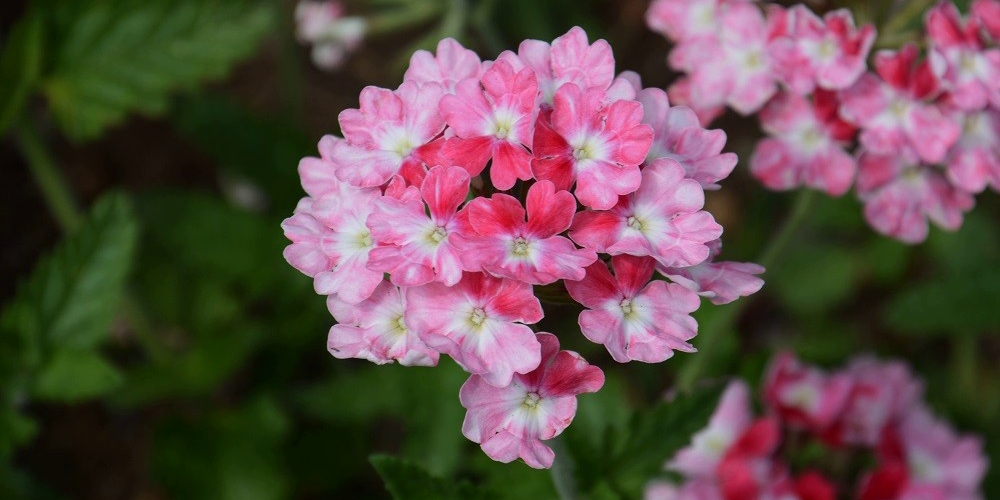
vervain care
As with almost any variety of plants that offer colorful flowers, it is a species that requires sun to thrive, although it does well around trees that let in light for most of the day. In addition, a space of at least 25 cm between plants should be offered, when planting directly on the ground, so that they can spread out and develop properly. Similarly, if it is planted in pots, each one must be given enough space to spread its foliage.
In the case of having planted it in places where temperatures drop below -1ºC, it is necessary to plant it again when the frost ends. If not, it can survive the winter outdoors, offering the root ball some form of insulation. In this way, it will be able to sprout again to bloom in spring.
How to plant verbenas?
Verbenas usually generate branched stems 30 to 40 cm long, in the case of upright varieties. For the creeping stem versions, these can reach 60 cm in length, so a single plant can cover a considerable area. Due to this, the development must be planned very well , so that it is according to what is expected and the plants do not have to compete with each other to obtain light and nutrients.
If you are going to plant it directly in the ground, it is best to dig a hole twice the size of the root ball. The space that is available will be filled with a combination of substrate and fertilizer, but the latter must be slow-release, so that the plant can gradually absorb the nutrients.
In the case of planting it in pots, it is important to provide a layer of clay stone, in order to give the plant good drainage. Then, the substrate is added, which will contain the same fertilizer mentioned above, in addition to compost.
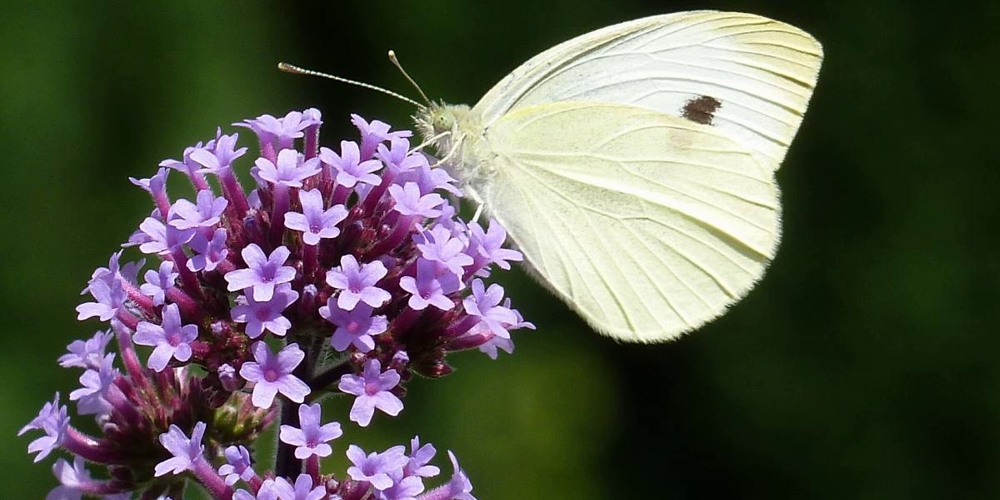
Type of substrate and fertilizer
Verbena is not very demanding in this regard. If it is provided with a sandy soil rich in humus, it will have its requirements covered, it will be able to root correctly and absorb nutrients by watering it frequently. As for the pH, it is recommended that it be neutral.
vervain pruning
To help keep the plant in good condition, it is very important to frequently remove dried flowers . This favors flowering. Also, in case the plant remains green throughout the year, it is recommended to do a pruning at the end of summer. Thus, it will be able to sprout with greater vigor to bloom again.
Reproduction
It is relatively easy to obtain a verbena plant from the seeds produced by the adult plants. If you want to achieve this type of reproduction, we recommend collecting the seeds when they have fully matured and using seedbeds, which you will place in a warm space so that they germinate (approximately 20ºC). When sprouting the seeds, you should keep only the strongest plants, which you can transplant to their final place when they have grown an average of 10 to 15 cm. It is recommended that the new plants acclimatize first, exposing them to the outside climate for longer and longer periods of time.
Similarly, it is also possible to obtain new plants from cuttings. This is perhaps the fastest and easiest way. In this case, you should choose 8 to 10 cm stems, which will be stuck directly into the ground. It is important that the substrate is always kept moist, but without flooding .
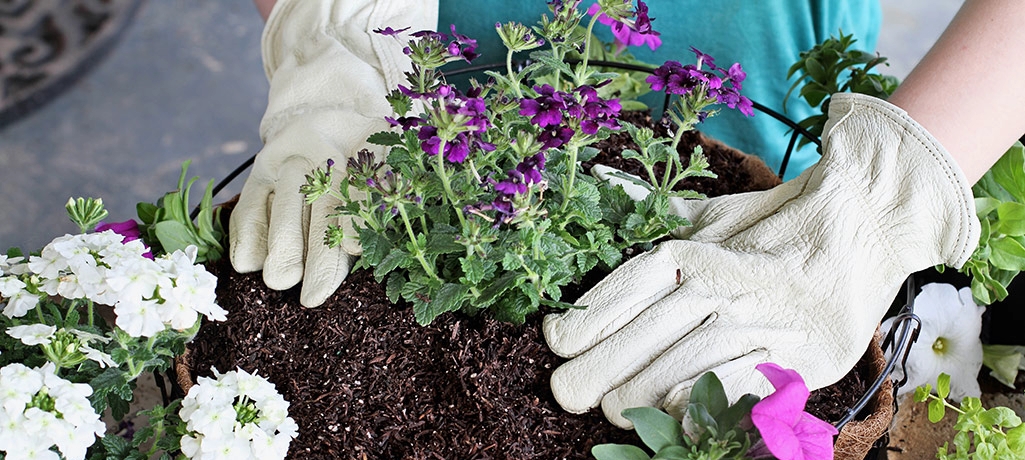
varieties
Next, we will mention some of the most well-known verbena flowers.
- Peaches and Cream: It is an aromatic variety with a cream tone and a yellow center, discreet but very pretty.
- Reine des Roses: It is a type of pink verbena that is characterized by having two fuchsia-colored petals. Without a doubt, one of the favorites.
- Adonis Mango: It is a verbena flower with shades ranging from salmon to red within the same bouquet, which makes it very attractive.
- Apple Blossom: It is characterized by its intense pink center, with a light edge.
As you can see, these beautiful, easy-to-grow flowers are a good option to give a special touch to that sunny spot in your garden or on your terrace.


![Photo of Weevils: [Characteristics, Detection, Effects and Treatment]](https://www.complete-gardening.com/wp-content/uploads/2022/08/weevils-characteristics-detection-effects-and-treatment-390x220.jpg)
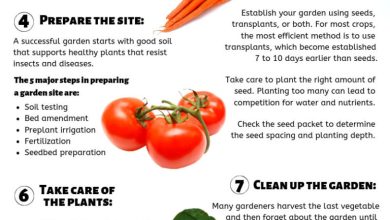
![Photo of Change Soil pH: [Adjust, Change, Raise or Lower it]](https://www.complete-gardening.com/wp-content/uploads/2022/08/change-soil-ph-adjust-change-raise-or-lower-it-390x220.jpg)